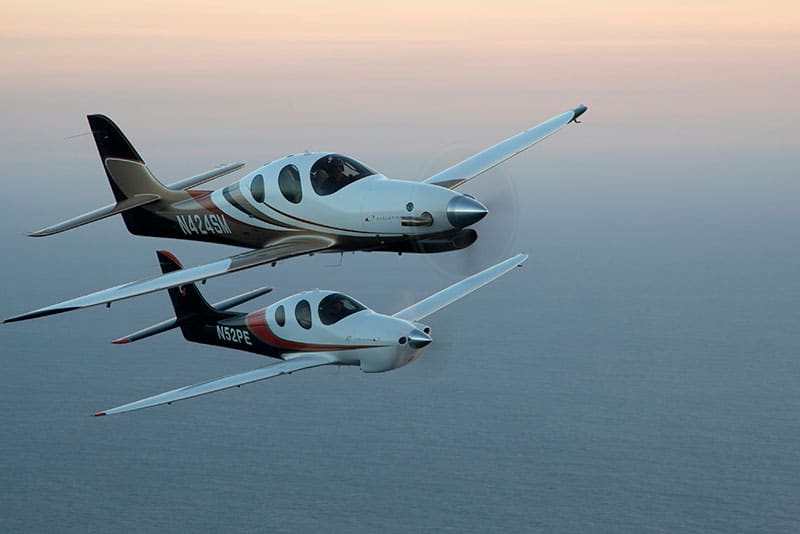Things can get kind of murky when talking about horsepower and turboprop engines; it’s a “jet” but we measure horsepower, not thrust. We talk about horsepower, but HP is only a calculation. What we really are measuring (and feeling) is torque.
We are all familiar with the idea of a spinning shaft making things happen when the power lever is advanced. Torque is the twisting force applied to a shaft, and when that force does some work (like spinning a propeller and making you smile) that is measured in pounds/feet of (twisting) power. This is an indicator of how much work you can do with that force. That twisting force gets converted to horsepower with a calculation, Torque X RPM ÷ 5252. On our PT6-135A powered Evolution that is easily verified by the indications on your panel.
At takeoff, we use 1300 lb.ft. of torque and a prop RPM of 1925 so 1300 X 1925 ÷ 5252 gives about 475 hp. at takeoff. Why only use 475? Well, because unlike many heavier, older design aircraft, the Evolution only needs that much to take off quite smartly. Then as we climb and the airspeed adds control authority we can continue to add power. In a sense, this is the same process as a flat rated engine, but we get to use all the power we can manage based on current conditions. Eventually, as we climb, the available power will decrease due to the diminishing oxygen available to support combustion and eventually we will reach a maximum power available at FL280 of about 365 HP.
Another measure of power in a turboprop is Thermodynamic Horsepower. This a calculated number based on the known amount of energy “contained” in the fuel that can be released by burning that fuel.
When this calculation is done on our PT6A-135A the number is a maximum of around 920 HP. This number would occur at maximum fuel flow and permitted combustion temperature at std. day, sea level. Why is it more than at the propshaft? Because there is power lost when the hot gas produced by the burning fuel cools and expands as the exhaust impinges on the spinning turbine wheel that is producing the force to turn the propeller shaft. It is an inefficiency, but some of that power is recaptured by the thrust of the hot exhaust gas exiting the engine rearward, which produces some jet thrust.
This thrust can be calculated (or measured) and converted to (equivalent) horsepower and this number can be added back in and the result is ESHP or Equivalent Shaft Horsepower, which lies between the Shaft HP and Thermodynamic HP. The Evolution is an airplane that makes maximum use of the available fuel and provides exceptional performance from the power available.
What a deal.

